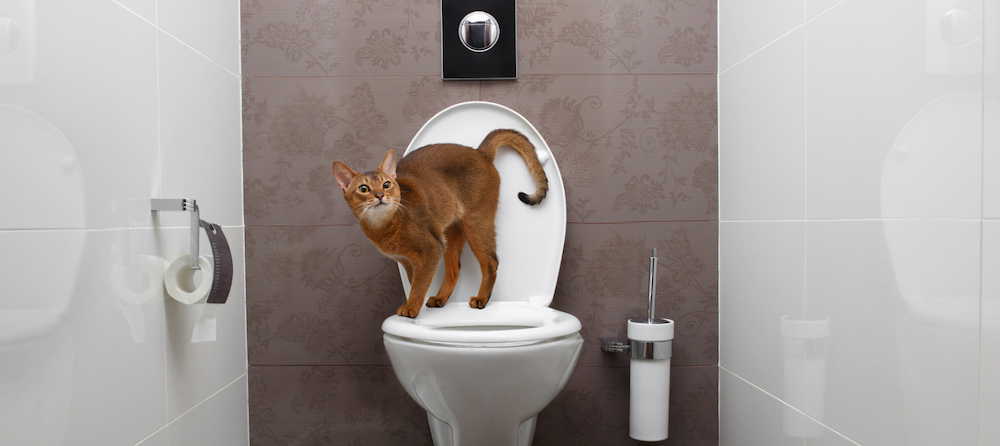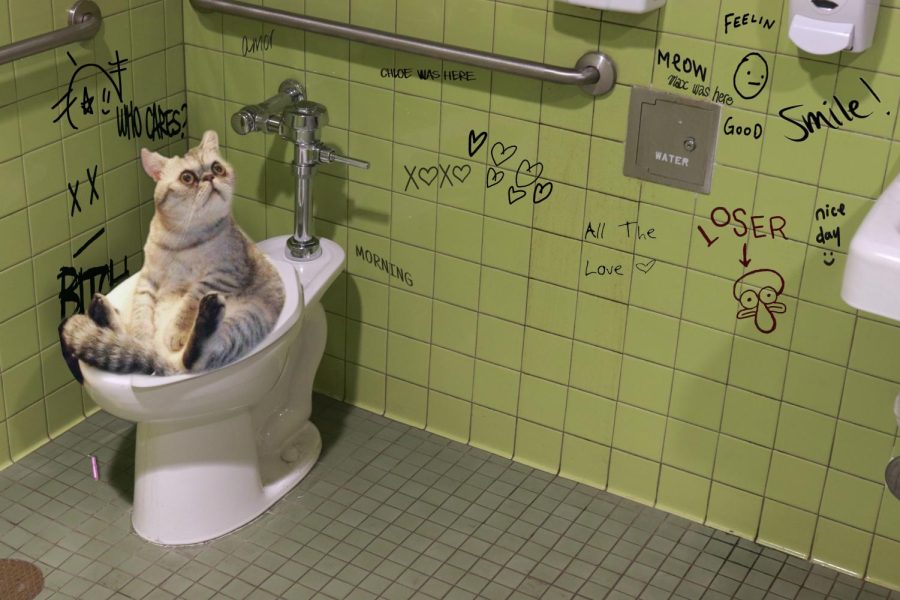Dangers of Disposing Cat Poop in Your Toilet - Preventive Steps
Dangers of Disposing Cat Poop in Your Toilet - Preventive Steps
Blog Article
The publisher is making a number of good points on How to Dispose of Cat Poop and Litter Without Plastic Bags in general in this great article followed below.

Intro
As feline owners, it's vital to be mindful of just how we throw away our feline buddies' waste. While it might seem hassle-free to purge pet cat poop down the toilet, this practice can have damaging consequences for both the setting and human health.
Environmental Impact
Purging pet cat poop presents hazardous microorganisms and bloodsuckers right into the water supply, positioning a considerable threat to marine ecosystems. These contaminants can adversely influence aquatic life and concession water top quality.
Wellness Risks
Along with ecological worries, flushing cat waste can additionally posture health and wellness dangers to people. Cat feces might have Toxoplasma gondii, a bloodsucker that can cause toxoplasmosis-- a potentially serious illness, especially for expectant females and individuals with weakened immune systems.
Alternatives to Flushing
The good news is, there are more secure and much more accountable means to dispose of pet cat poop. Think about the following choices:
1. Scoop and Dispose in Trash
The most typical approach of disposing of feline poop is to scoop it right into a biodegradable bag and toss it in the garbage. Be sure to utilize a specialized clutter scoop and get rid of the waste immediately.
2. Usage Biodegradable Litter
Go with biodegradable cat trash made from materials such as corn or wheat. These trashes are environmentally friendly and can be safely gotten rid of in the trash.
3. Bury in the Yard
If you have a yard, consider burying pet cat waste in a marked location far from vegetable gardens and water resources. Make sure to dig deep enough to prevent contamination of groundwater.
4. Mount a Pet Waste Disposal System
Purchase a family pet waste disposal system particularly designed for pet cat waste. These systems use enzymes to break down the waste, minimizing odor and environmental influence.
Conclusion
Liable animal possession extends beyond supplying food and sanctuary-- it also includes correct waste monitoring. By refraining from flushing feline poop down the toilet and choosing alternate disposal approaches, we can decrease our ecological footprint and protect human health.
Why Can’t I Flush Cat Poop?
It Spreads a Parasite
Cats are frequently infected with a parasite called toxoplasma gondii. The parasite causes an infection called toxoplasmosis. It is usually harmless to cats. The parasite only uses cat poop as a host for its eggs. Otherwise, the cat’s immune system usually keeps the infection at low enough levels to maintain its own health. But it does not stop the develop of eggs. These eggs are tiny and surprisingly tough. They may survive for a year before they begin to grow. But that’s the problem.
Our wastewater system is not designed to deal with toxoplasmosis eggs. Instead, most eggs will flush from your toilet into sewers and wastewater management plants. After the sewage is treated for many other harmful things in it, it is typically released into local rivers, lakes, or oceans. Here, the toxoplasmosis eggs can find new hosts, including starfish, crabs, otters, and many other wildlife. For many, this is a significant risk to their health. Toxoplasmosis can also end up infecting water sources that are important for agriculture, which means our deer, pigs, and sheep can get infected too.
Is There Risk to Humans?
There can be a risk to human life from flushing cat poop down the toilet. If you do so, the parasites from your cat’s poop can end up in shellfish, game animals, or livestock. If this meat is then served raw or undercooked, the people who eat it can get sick.
In fact, according to the CDC, 40 million people in the United States are infected with toxoplasma gondii. They get it from exposure to infected seafood, or from some kind of cat poop contamination, like drinking from a stream that is contaminated or touching anything that has come into contact with cat poop. That includes just cleaning a cat litter box.
Most people who get infected with these parasites will not develop any symptoms. However, for pregnant women or for those with compromised immune systems, the parasite can cause severe health problems.
How to Handle Cat Poop
The best way to handle cat poop is actually to clean the box more often. The eggs that the parasite sheds will not become active until one to five days after the cat poops. That means that if you clean daily, you’re much less likely to come into direct contact with infectious eggs.
That said, always dispose of cat poop in the garbage and not down the toilet. Wash your hands before and after you clean the litter box, and bring the bag of poop right outside to your garbage bins.
https://trenchlesssolutionsusa.com/why-cant-i-flush-cat-poop/

Do you really like reading about Can You Flush Cat Poop Down The Toilet?? Put a remark down the page. We'd be interested to find out your thoughts about this blog post. We are looking forward to see you back again later on. Sharing is good. Who knows, you may be doing someone a favor. I praise you for your time. Don't hesitate to check up our website back soon.
Schedule Here Report this page